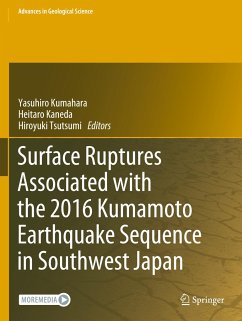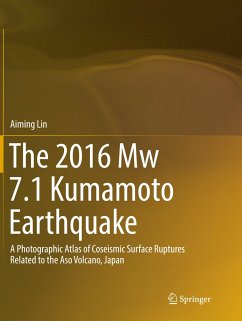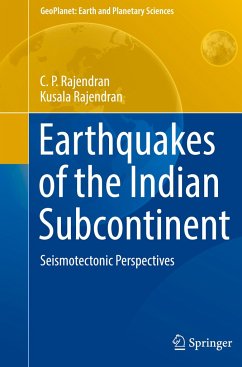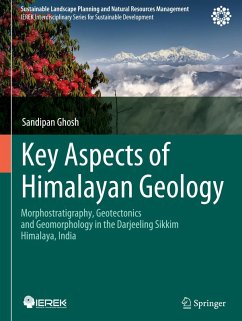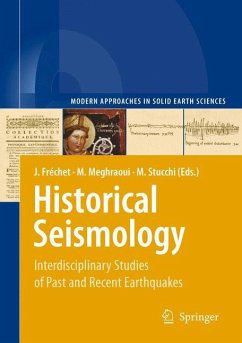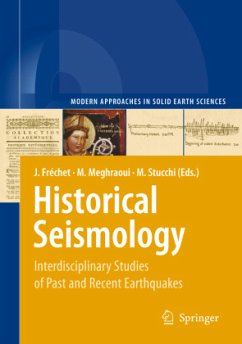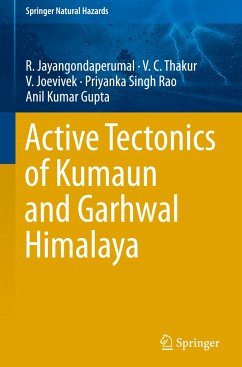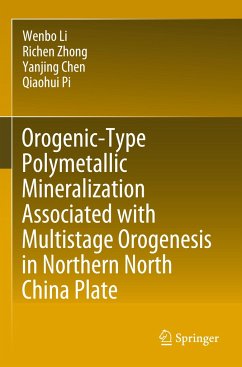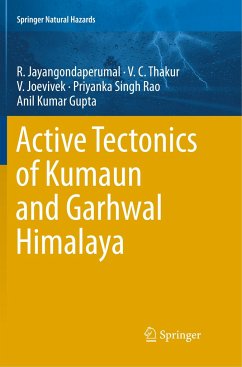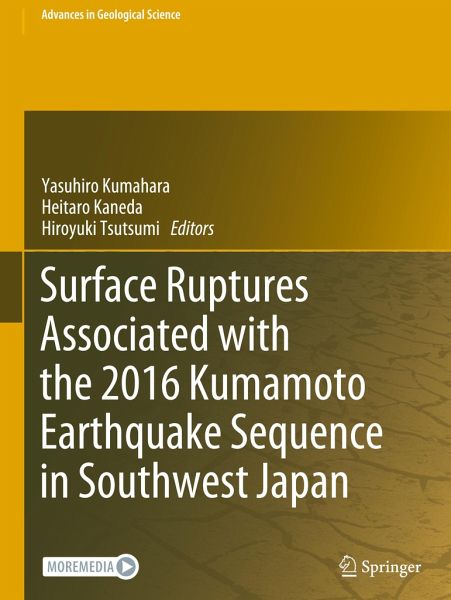
Surface Ruptures Associated with the 2016 Kumamoto Earthquake Sequence in Southwest Japan

PAYBACK Punkte
69 °P sammeln!
In April 2016, a series of earthquakes hit the Kumamoto area of Kyushu Island, southwest Japan. The Mj 7.3 (Mw 7.0) mainshock produced extensive and complex surface ruptures in and around the active Futagawa-Hinagu fault zone, including primary right-lateral faulting, slip-partitioned normal faulting, and distributed and triggered surface breaks, as well as minor surface ruptures associated with the foreshocks of up to Mj 6.5 (Mw 6.2). This book provides a complete record of those surface ruptures mapped by a team of more than 25 researchers from Japanese universities and research institutes. ...
In April 2016, a series of earthquakes hit the Kumamoto area of Kyushu Island, southwest Japan. The Mj 7.3 (Mw 7.0) mainshock produced extensive and complex surface ruptures in and around the active Futagawa-Hinagu fault zone, including primary right-lateral faulting, slip-partitioned normal faulting, and distributed and triggered surface breaks, as well as minor surface ruptures associated with the foreshocks of up to Mj 6.5 (Mw 6.2). This book provides a complete record of those surface ruptures mapped by a team of more than 25 researchers from Japanese universities and research institutes. The locations, traces, morphology, and displacement are described in great detail along with over 300 on-site photographs, and the information is supplemented by the GIS data available online. The book is useful for a wide range of earthquake scientists and engineers who work on active faults and related seismic hazard assessment, including earthquake geologists, tectonic geomorphologists, seismologists, geodesists, civil engineers, and city planners.



